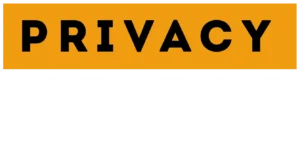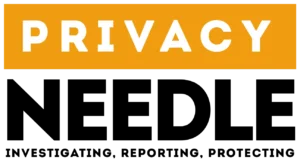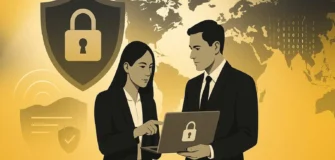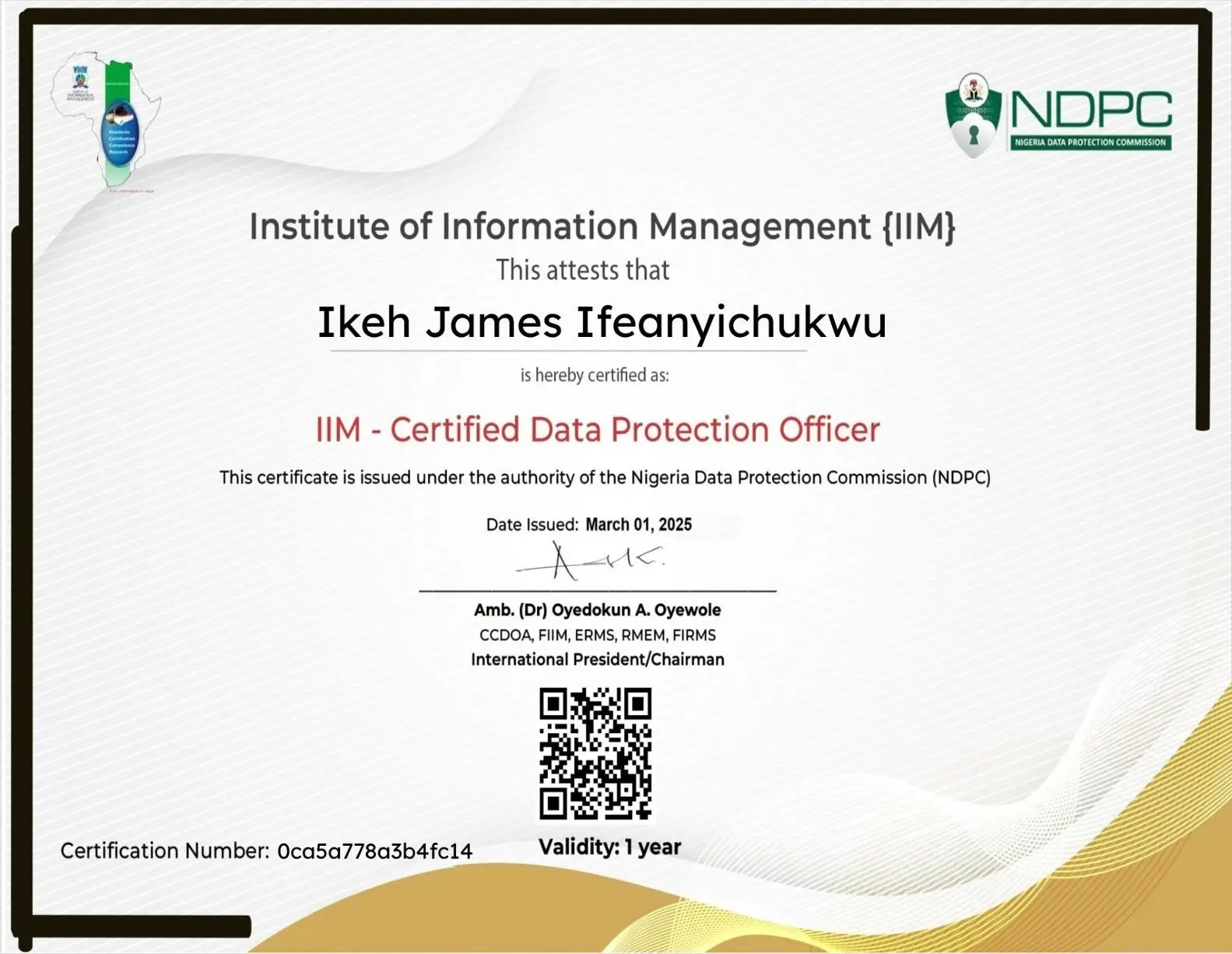Tech Burnout Is Real, How to Unplug and Reclaim Your Focus
Share

In our always-connected world, technology has become both a blessing and a burden. While it helps us work smarter and stay connected, constant exposure to screens and digital notifications can lead to tech burnout — a state of mental, physical, and emotional exhaustion caused by digital overload.
A 2024 Microsoft Work Trend Index found that 54% of workers feel overworked by digital tools. Meanwhile, a Pew Research study reported that 64% of adults say they need a break from the internet. Clearly, the struggle is real — and it’s affecting productivity, relationships, and even mental health.
In this article, we’ll explore what tech burnout is, why it happens, and how you can unplug effectively without losing your edge.
What Is Tech Burnout?
Tech burnout occurs when constant digital engagement — work emails, social media, endless Zoom calls — drains your energy and focus.
Common symptoms include:
- Mental fatigue and irritability
- Difficulty concentrating
- Sleep disruption
- Headaches and eye strain
- Lack of motivation
It’s not just about using too much tech — it’s about how we use it. When digital life replaces real rest, your mind never truly disconnects.
The Statistics Behind Digital Fatigue
| Stat/Research | Key Finding | Source (2024) |
|---|---|---|
| 1 | 80% of professionals check work emails after hours | Forbes |
| 2 | 6 hours and 37 minutes — average daily screen time | DataReportal |
| 3 | 3 in 5 people say social media negatively affects their mental health | APA Digital Stress Report |
| 4 | 70% of employees experience burnout linked to constant connectivity | Gallup |
| 5 | 45% of Gen Z report needing a “digital detox” at least once per month | Deloitte Digital Media Survey |
These numbers reveal a growing public health concern — digital overuse is reshaping how humans rest, think, and connect.
The Science: Why Tech Burnout Happens
Every notification triggers a small dopamine release — a “reward chemical” that makes us want to check our phones again.
Over time, this dopamine feedback loop traps us in a cycle of endless scrolling and multitasking.
The brain becomes overstimulated, reducing focus and increasing stress hormones like cortisol. This is why you may feel tired but wired after a long day online.
How to Unplug Without Falling Behind
1. Set Screen-Free Hours
Designate time each day when you disconnect — especially before bed.
Try the “Digital Sunset Rule”: no screens one hour before sleep. It helps your brain relax and improves sleep quality.
2. Use the 20-20-20 Rule
Every 20 minutes, look away from your screen for 20 seconds at something 20 feet away. This relieves eye strain and mental fatigue.
3. Disable Non-Essential Notifications
Mute apps that aren’t vital for your day. Your brain doesn’t need to react to every ping.
4. Schedule Tech-Free Days
Once a week, have a “digital detox day.” Go offline, spend time in nature, or engage in a hobby that doesn’t involve screens.
5. Adopt Minimalist Tech Habits
Declutter your digital life — unsubscribe from unnecessary emails, reduce app clutter, and set limits on social media time.
6. Use Tools to Track Usage
Apps like Digital Wellbeing, RescueTime, or Forest help you monitor and manage screen time effectively.
Benefits of Unplugging
Taking digital breaks has proven benefits:
- Better sleep quality
- Improved mood and mental health
- More creativity and focus
- Stronger real-life relationships
- Reduced stress and burnout risk
When you unplug intentionally, you’re not losing productivity — you’re recharging it.
Expert Insight
“Digital burnout isn’t just a productivity issue — it’s a health issue. The human brain was never designed for constant connectivity.”
— Dr. Lisa Nguyen, Digital Wellness Researcher, Stanford University
Frequently Asked Questions (FAQ)
Q1: What are early signs of tech burnout?
A: Fatigue, irritability, lack of focus, and trouble sleeping are common early signs. You may also feel anxious when disconnected.
Q2: How long should a digital detox last?
A: Even short breaks (1–2 hours daily) help, but experts recommend at least one tech-free day per week for optimal recovery.
Q3: Is tech burnout the same as regular burnout?
A: They overlap, but tech burnout specifically comes from overexposure to digital devices and information overload.
Q4: Can apps help reduce tech burnout?
A: Yes — ironically, the right apps can help. Use productivity or mindfulness apps to track and manage digital use.
Q5: What’s the best way to start unplugging?
A: Start small: turn off notifications, take short phone breaks, and avoid screens during meals and before sleep.
Final Thoughts
Tech burnout is a modern epidemic — but it’s also manageable. The key isn’t quitting technology altogether; it’s using it intentionally. By setting healthy digital boundaries, you’ll rediscover focus, creativity, and mental clarity.
Unplugging is no longer optional — it’s essential for a balanced, fulfilling digital life.




























Leave a Reply